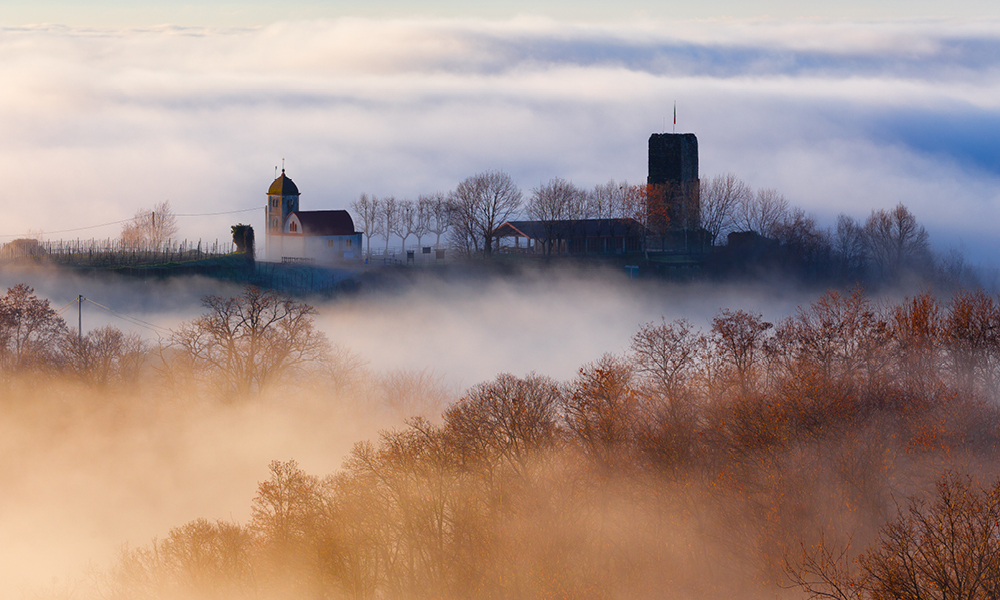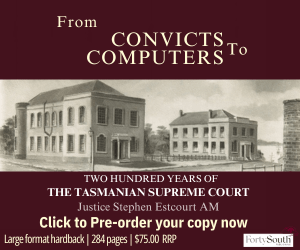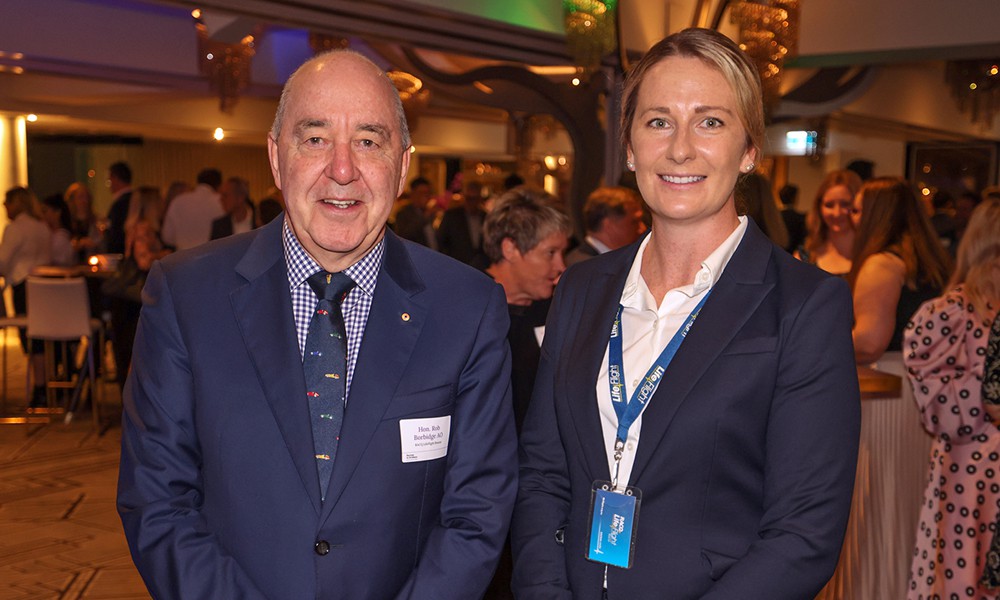This content has been archived. It may no longer be relevant
Nebbia is the fog that hangs over the hills around the Italian town of Alba in Piedmont, where the humid subtropical climate encourages the development of white truffles and heavy red wines.
The most prized grape of the region is the Nebbiolo, its thin skins bringing a deceptive surplus of youthful tannins and high acidity, making for a robust wine of great longevity.
The flavours of Nebbiolo are classically called ‘tar and roses’, but this just hides the fact that great Nebbiolo is a complex mix of earthy, floral, red fruit and spice notes. As it ages in the bottle the colour turns a distinctive brick-orange and tannin gives way to structure and fruit comes to the fore.
Nebbiolo is, arguably, Italy’s most noble red grape and has thrived in the hills of Piedmont since the 14th Century. Its most famous and most prized incarnation is from Barolo. Here the nebbia-cloaked hills around the town produce the deep, red wine, aged in oak and matured in bottle before release. It still needs years more waiting time to throw off its youthful jacket and for its complex fruit, floral and savoury characters to come through. Barolo is the very epicentre of fine wine from this prized grape.
If Barolo is the king of Piedmont wine, the queen is said to be nearby Barbaresco – again pure Nebbiolo, but of a slightly softer more elegant kind requiring gentle treatment and graceful aging to bring out its complex personality.
Not too far away again are the hills of Langhe where the Nebbiolo is relatively softer and gentler still, and ready to be enjoyed without a decade in bottle. Langhe is the budgetary sweet-spot for Italian Nebbiolo wines – perhaps less known but brilliant value for money and still with those characteristic big flavours.
The more general classification of Nebbiolo D’Alba is the Cote Du Rhone of Piedmont, where the great and the good wine from the region can be labelled with the famous name. This wine may be made from grapes from Barolo not quite up to heavenly standards, such as grapes from new vineyards in the famous hills or lesser places. But, unlike the components of Cote Du Rhone, the Nebbiolo is finicky and hard to grow and not often the choice of the bulk producers, who prefer the more approachable Barbera and Dolcetto to fill their crops.
In Australia, Nebbiolo has never quite made it mainstream, despite some hearty attempts to make great wine. Just like in Italy, Nebbiolo has best come from hilly regions where fogs sometimes linger but sunshine also floods in. Victoria’s King Valley has become a haven for Italian varieties and has numerous good examples, including Pizzini.
The Adelaide Hills has some excellent examples, including the otherworldly Arrivo, featured in the tasting. The Yarra Valley and Margaret River have also brought forth good offerings.
Here, at home, Boirean makes a good Nebbiolo now in its La Cima range, Symphony Hills has been feted for its Reserve, and La Petit Mort has a thoughtful example. Some tout the Granite Belt as having a big future in Nebbiolo and just perhaps this noble Italian variety can find its home high in the hills of foggy south Queensland.
The tasting
Three fine examples of the wily fox Nebbiolo were put to scrutiny
The first was the Maretti Langhe DOC Rosso 2017, with a deep brick-red colour only just starting to develop the characteristic orange hue around its edges. The nose was spicy rich blood plums and allspice teaser. The palate had a chewy mouthfeel of young tannins which bespoke its aging potential. It was big, young and filled with warm richness of flavour. While not showing tar flavours, there was a pleasant fulsome astringent note of black pepper hiding a ripe base of red currants grown upon earthy roadbase.
The second was the Boschi Dei Signori Nebbiolo D’Alba DOC 2017, with a more distinct red-orange tinge developing. The nose was a sweet mix of roses, currant and talc. The palate was more leathery and chewy than the Maretti, with dusty red ripe fruits and a tannin backbone supported by white pepper.
The last was the Arrivo Nebbiolo 2008 Adelaide Hills, with a deep brown-orange tone of age and grace. The nose was a haunting mix of leather, savoury fruit and floral tones still going strong after 12 years in bottle. The palate was sophisticated with rich, ripe fruit to the fore with a robe of aged and softened tannins draped across its sweet frame, the acids of youth dying down into approachable measures carrying the body of sweet damson plums and ripe raison characters.
Verdict: The most preferred was the Arrivo, showing all the sultry power and mystery that Nebbiolo can muster with age.
Matt Dunn is Queensland Law Society General Manager, Policy, Public Affairs and Governance.
This story was originally published in Proctor June 2020.












Share this article